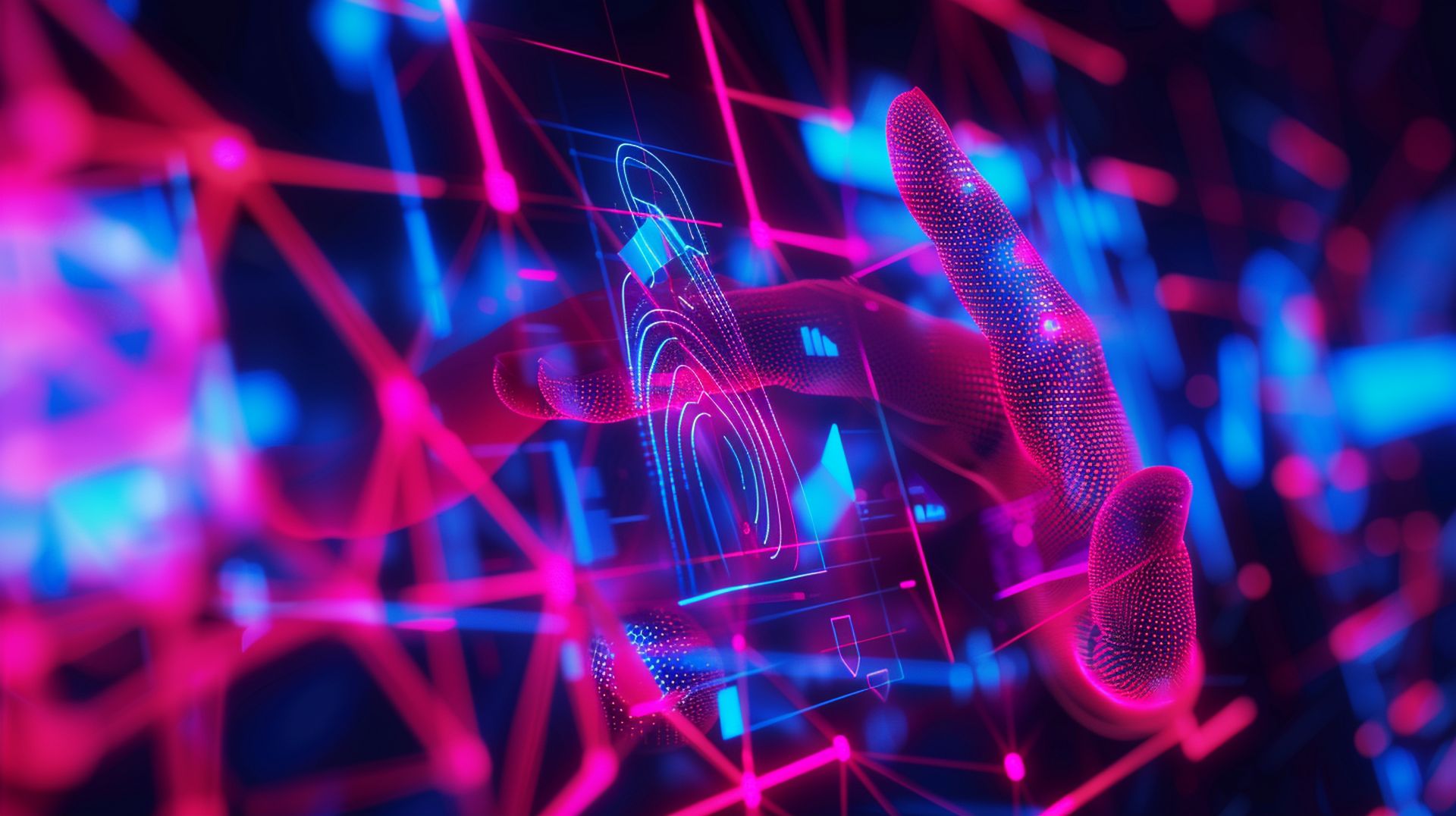Signed, sealed, delivered: Biometric verification for unbreakable security
A biometric signature is an electronic signature method that utilizes an individual's unique physical traits to verify their signature on digital documents

29 May 2024
4 dk okuma süresi
Biometric signatures enable security, document authentication, and high-importance digital transactions. As such, they become a robust tool to ensure the integrity and authenticity of electronic signatures through biometric techniques.
Managing documents is crucial in every business, particularly those handling documents and information with legal or compliance factors. These scenarios necessitate technologies that offer enhanced security while maintaining comfort and usability in digital interactions.
What is a biometric signature?
A biometric signature is an electronic signature method that utilizes an individual's unique physical traits to verify their signature on digital documents. These traits may include facial recognition, the hand's writing pattern, fingerprints, hand geometry, digitized handwritten signatures, voice biometrics, iris scans, and even behavioral or cognitive characteristics. The key strength of a biometric signature lies in its capacity to unequivocally connect the signer's identity with the electronic signature, offering a high degree of security and authentication.
Thus, the biometric signature surpasses the traditional electronic signature by establishing an undeniable link between the individual and the signed document, enhancing security and trust in digital processes. All data are encrypted and sealed, making any post-signing modifications impossible.
Typically, biometric elements related to handwriting are used. This type of electronic signature is straightforward for all users, as it closely resembles traditional handwriting on paper but incorporates biometric controls.
It is crucial to differentiate between a biometric signature and a digitized signature. While a biometric signature gathers biometric data during the signing process, a digitized signature merely converts a handwritten signature into a digital format.

How does biometric identification work?
Biometric identification of the signer relies on capturing and analyzing their unique physical characteristics. For instance, when signing electronic documents, a device like a digitizer tablet records the individual's handwritten signature based on their natural behavior. This digitized signature is then analyzed to identify unique patterns, such as writing speed, pressure exerted, and specific strokes.
In a biometric signature, data is gathered in real-time from the graphic information on a touchscreen mobile device as the user signs.
All this data is encrypted locally on the device where the signature is made, such as mobile phones or tablets. This automated process is akin to a handwriting expert analyzing every millisecond of the signature's trajectory and the signer's unique behavior. The data remains on the device, decryptable only under judicial requirements, and is sealed with blockchain cryptographic technologies.
Additionally, all information is embedded in the document with a verifiable file. Top biometric signature solutions often collect metadata like IP addresses, geolocation, device information, traceability coordinates, and other variables.
Face scanning using facial biometrics is another common method of biometric identification, where a camera captures an individual's unique facial features and compares them against a database to verify their identity.
Various biometric identification methods can be used for electronic signatures, each with pros and cons. Fingerprint identification, for example, is practical and secure for quick transactions, capturing the fingerprint image and comparing it with stored data. Face recognition uses a camera to capture and compare the signer's face with pre-recorded images, providing a seamless and secure user experience. Iris scanning, a highly secure method, captures and compares the iris image with stored information, making it ideal for high-security environments. Voice biometrics, suitable for remote operations and telephone transactions, involves numerous controls and can be either active, passive, or both.
In many countries, the biometric signature standard includes grouped data based on the graphic information previously discussed.
The primary goal of data collection is to verify the signatory's identity. Biometric data cannot be falsified or replicated, ensuring the validity of the agreement or document content. Biometric signature solutions and tools comply with data protection regulations like the GDPR, minimizing risks and earning an endorsement from institutions and regulatory bodies.

Benefits of biometric signature
- Implementing biometric signatures significantly reduces the need for paper, stationery, and the costs associated with duplicating and sending documents. This shift to digital signatures helps businesses save on expenses and streamline document handling.
- Biometric signatures ensure that all documents are stored electronically, making it easy to search, access, and retrieve them. This eliminates the time-consuming and often frustrating task of locating missing or lost paper documents.
- With biometric signatures, archiving becomes a straightforward process. Digital documents can be easily categorized, indexed, and stored in electronic systems, allowing for efficient management and retrieval without the complexity of physical storage systems.
- The need for physical document storage is eliminated with biometric signatures, freeing up valuable office space and reducing the costs associated with maintaining physical archives. This shift also minimizes the risk of document damage or loss.
- By reducing the reliance on paper, biometric signatures contribute to environmental conservation efforts. This eco-friendly approach helps prevent the deforestation associated with paper production, preserving thousands of trees annually.
- Biometric signatures offer the convenience of signing documents anytime and anywhere using smartphones, tablets, and compatible kiosks. This flexibility enhances productivity and ensures that essential documents are signed promptly, regardless of the signer's location.

Remember this
For a biometric electronic signature to be valid and legally recognized, it must comply with specific regulatory requirements. While these requirements may differ across jurisdictions, they typically include:
- Precise identification of the signer using unique biometric characteristics.
- Utilization of reliable technologies ensuring total security in capturing, storing, and transmitting the biometric signature.
- Adherence to data protection laws, digital rights, and privacy regulations.
- Assurance of the signed document's integrity and authenticity, supported by time stamps.
- Obtaining informed consent from the signatory for the use of the biometric signature.
İlgili Postlar
Technical Support
444 5 INV
444 5 468
info@innova.com.tr









